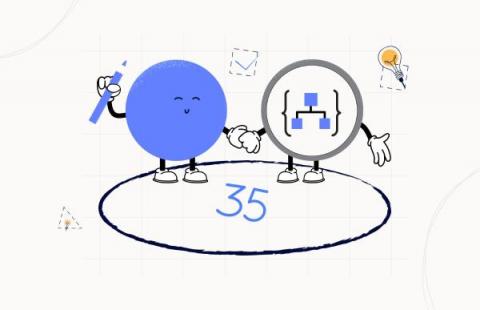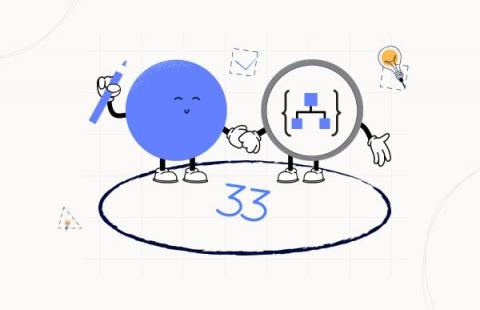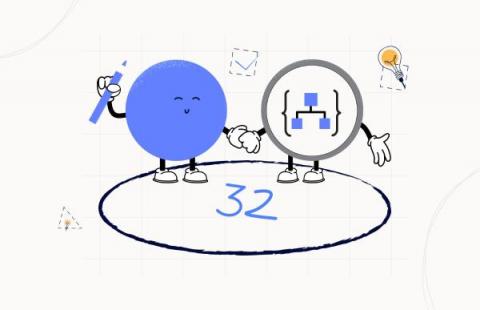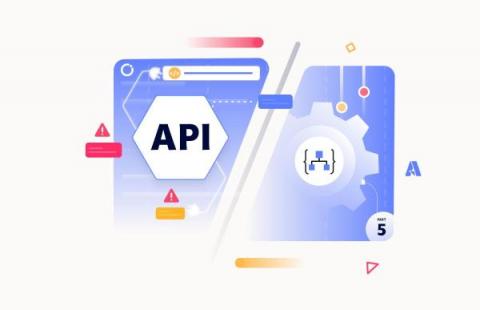Logic App Best Practices, Tips, and Tricks: #35 Generate a Unique Identifier
Today I will speak about another useful Best practice, Tips, and Tricks that you must consider while designing your business processes (Logic Apps): How to generate a Unique Identifier in Logic Apps, aka GUIDs.











